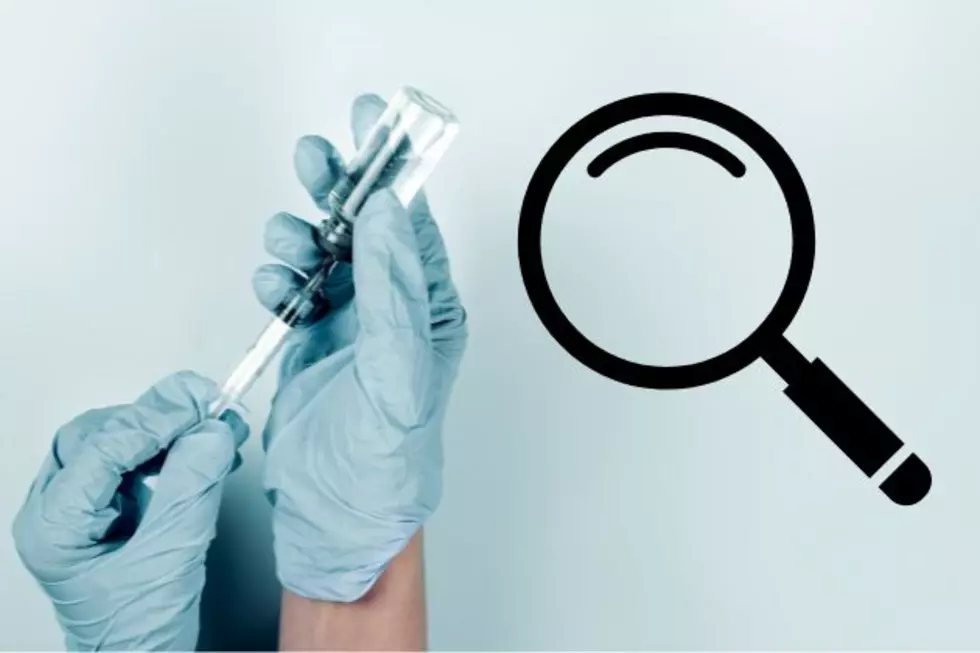
NJ Non-profits Left Hanging by Law Delaying Unemployment Tax Hikes
TRENTON – A law enacted in January that reduces or delays increases in what employers pay for unemployment taxes that would have spiked during the COVID-19 emergency doesn’t cover some nonprofits, which hope a follow-up bill rescuing them will be passed in June.
Some nonprofits pay their unemployment insurance bills to the state through reimbursements if their workers are laid off or furloughed, instead of payroll taxes like other businesses. A January law delaying big hikes in unemployment taxes has been interpreted in a way that keeps self-insured nonprofits on the hook for their bills.
Given that they have had to cancel or scale back programs and events, interrupting their funding and leading to layoffs, that’s an issue that the Legislature could remedy through bill A5691/S3714, which has been passed by the Senate and Assembly labor committees but neither full house.
“The self-insured, the reimbursers have been left out at this moment. We think this legislation will fix that,” said Doug Schoenberger, government affairs specialist for the Center for Non-Profits.

“It’s a corrective bill – corrects a discrepancy and provides predictability and financial stability to our nonprofit sector,” said Michael Egenton, executive vice president of the New Jersey State Chamber of Commerce.
It’s not clear how much financial help the bill would provide to nonprofits.
Federal coronavirus relief packages have provided money to states to reimburse nonprofits for half of their unemployment costs going back to last March and 75% from April 1 to Sept. 6 of this year. The bill calls for the state to use other federal COVID aid to cover the balance of the liability if it’s available and as much as $50 million in state funds if that’s needed.
“Our nonprofits are major employers in the state. And if we want to recover the jobs that we lost in the pandemic, we need to cover them and make sure these bills don’t cripple them,” said Christopher Emigholz, vice president of government affairs for the New Jersey Business and Industry Association.
Over the past year, the state has recovered about 54% of the jobs lost in March and April 2020, when the pandemic began and partial shutdowns and stay-at-home orders were issued.
“Just as importantly, our nonprofits support the rest of the economy that they’re in the for-profit industries,” Emigholz said. “Things like child care, other services they provide to other employers are critical for getting other employers back to work the way they want.”
Paul Kieltyka, immediate past president of the New Jersey YMCA State Alliance, said the proposed relief “couldn’t come at a better time.”
Kieltyka said YMCAs statewide owe more than $5.5 million in unemployment assessments. The Summit Area YMCA, where he is president and chief executive officer, owes $330,000. He said YMCAs are being prevented from securing state grants because of those unpaid bills.
“The challenge for nonprofits, which indeed we have lost anywhere from 60 to 80% of our revenue. We have laid off anywhere between 50 and 75% of our staff in 2020,” said Kieltyka, who added that more layoffs would follow if nonprofits have to pay their unemployment tabs. “… And that would mean that financially, and like many of my brother and sister nonprofits across the state, I may not survive.”
Michael Goldstein, executive director of the JCC of Central New Jersey in Scotch Plains, said his social service agency went from $10 million in yearly revenues before the pandemic to a projected $6.5 million this year, mostly due to capacity limits and restrictions on things like summer camp and preschool.
He said “steep unemployment bills” are threatening the financial stability of nonprofits.
“These steep and devastating unemployment insurance bills if left unaddressed will leave even less funds available for charitable missions when they are needed most,” Goldstein said.
NJ's most and least COVID vaccinated towns, by county
LOOK: What are the odds that these 50 totally random events will happen to you?
More From WPG Talk Radio 95.5 FM










